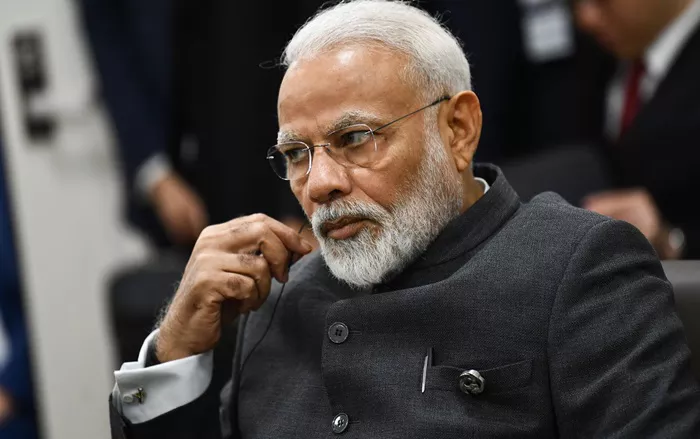Two millennia after Buddhism traveled from ancient India to China, an unexpected reversal has emerged: today, many Hindu deities worshipped across India bear the label “Made in China.” This ironic twist in cultural exchange has become a contentious issue in India’s push for economic self-reliance.
Modi’s Nationalist Rhetoric Meets Economic Reality
During a recent rally in his political stronghold of Gujarat, Prime Minister Narendra Modi made pointed remarks about foreign-made religious idols, particularly those of Lord Ganesha. “Even Ganesha idols come from abroad, with squinty eyes that barely open,” he declared, in what observers recognized as a veiled reference to Chinese imports.
The Prime Minister’s call for a boycott of foreign goods and his ambitious vision of India as a developed nation by 2047 stands in stark contrast to the country’s current economic dependencies. From semiconductor materials to lithium battery components, over 90% of these critical imports originate from China – a reality that extends to the very idols gracing Indian households and temples.
The Unstoppable Appeal of Chinese Religious Artifacts
Despite political posturing, Chinese manufacturers continue dominating India’s religious artifact market through unbeatable value propositions:
- Quanzhou factories specialize in lightweight fiberglass idols optimized for transport
- Foshan workshops produce stainless steel deities with 24K gold plating effects
- Wenzhou and Yiwu’s automated resin-casting facilities enable mass production with custom options
Priced at an average of $3 per unit, these Chinese-made idols have become indispensable to Indian religious practices. Even with 10% import duties, they remain significantly more affordable than locally produced alternatives.
India’s Manufacturing Dilemma
Finance Minister Nirmala Sitharaman’s 2020 lament – “Why can’t we make Ganesha idols from clay?” – reflects the government’s frustration. However, the reality is more complex:
- 80% of quality materials come from China
- Fragmented supply chains delay production by months
- Bureaucratic hurdles inflate costs
This systemic inefficiency makes domestic production uncompetitive against Chinese imports that benefit from complete industrial ecosystems and economies of scale.
The Statue of Unity Paradox
India’s 182-meter tall Statue of Unity, inaugurated in 2018 as a nationalist symbol, ironically embodies this contradiction:
- 70% of the bronze cladding was manufactured in China
- Chinese 3D scanning technology divided the structure into 6,000 precision components
- Special alloy formulas tripled corrosion resistance
- Chinese cranes performed 80% of the installation
This flagship project, intended to showcase Indian industrial capability, ultimately relied heavily on Chinese expertise and equipment.
Structural Challenges to “Make in India”
The 2020 Production-Linked Incentive (PLI) scheme, modeled after China’s industrial policies, has failed to boost manufacturing’s GDP share beyond 14.3%. Key obstacles include:
Workforce Limitations
With half the workforce still in agriculture and cultural barriers limiting female participation, India struggles to replicate China’s manufacturing labor pool.
Infrastructure Deficits
Antiquated power grids with 17% transmission losses and outdated industrial bases hinder productivity. Even India’s first uninterrupted thermal plant, the Sasan Power Project, required Chinese construction expertise.
The Inevitable Reach of Chinese Manufacturing
From Christmas decorations in America to funeral accessories in Japan, Chinese factories have become the world’s workshop. India’s religious artifact market represents just one sector where quality and affordability trump political rhetoric. As manufacturing value chains globalize, economic realities continue to override nationalist aspirations – a dynamic unlikely to change without fundamental reforms to India’s industrial ecosystem.
Related topics:


